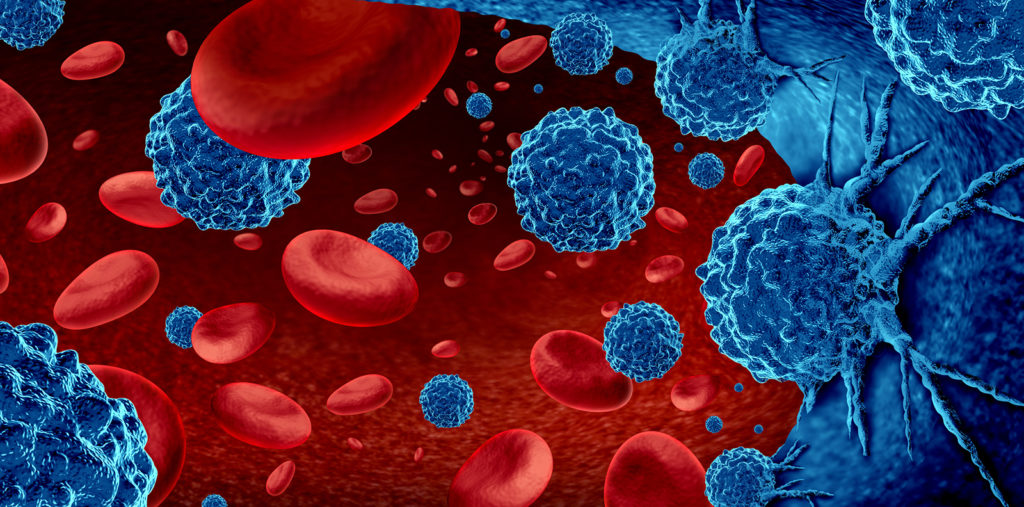
Recently Diagnosed or Relapsed? Stop Looking For a Miracle Cure, and Use Evidence-Based Therapies To Enhance Your Treatment and Prolong Your Remission
Multiple Myeloma an incurable disease, but I have spent the last 25 years in remission using a blend of conventional oncology and evidence-based nutrition, supplementation, and lifestyle therapies from peer-reviewed studies that your oncologist probably hasn't told you about.
Click the orange button to the right to learn more about what you can start doing today.
- You are here:
- Home »
- Blog »
- Multiple Myeloma »
- Myeloma is Heterogeneous?
Myeloma is Heterogeneous?

What does it mean to say that myeloma is heterogeneous? Or that myeloma is characterized by heterogeneity? To ask this a different way, what do this aspect of myeloma mean to MM patients and survivors?
I am a long-term myeloma survivor. I always thought that I understood what it meant when some study started by saying that multiple myeloma is heterogeneous. But once I read the two studies linked and excerpted below, I realized that I only understood part of what this means.
Here are the five basic aspects of what it means for myeloma to me heterogeneous.
- Genetic Variability: The genetic makeup of cancer cells can vary from one person to another and even within the same person’s tumor. This means that different cancer cells may have different mutations or alterations in their DNA. These genetic differences can influence how the cancer behaves, responds to treatment, and how aggressive it is.
- Cellular Characteristics: Multiple myeloma can consist of different types of cancer cells. Some may be more aggressive and fast-growing, while others may be slower-growing and less aggressive. These variations in cell behavior can complicate treatment decisions, as different cells may respond differently to the same treatment.
- Clinical Presentation: Patients with multiple myeloma can exhibit a wide range of symptoms and complications. Some may have relatively mild symptoms, while others may experience more severe effects such as bone pain, fatigue, kidney dysfunction, and anemia. The clinical course of the disease can vary significantly from one person to another.
- Response to Treatment: Due to the heterogeneity of multiple myeloma, individual cancer cells may respond differently to treatments like chemotherapy, radiation, or immunotherapy. This can lead to challenges in finding an effective treatment plan that targets all the diverse cancer cell populations.
- Prognosis and Outcomes: The prognosis for individuals with multiple myeloma can vary based on the heterogeneity of the disease. Some patients may have a more indolent (slow-growing) form of the cancer, while others may have a more aggressive form that progresses more rapidly.
On top of the five issues explained above, is the fact that according to the graphic below, about half of all newly diagnosed myeloma patients have genetic abnormalities aka are considered to be “high-risk.
Half of all newly diagnosed myeloma patients are considered high-risk. Meaning, their myeloma is more heterogeneous than usual. Meaning, these MM patients may not react to standard-of-care chemotherapy regimens the way that low-risk patients do.
Are you a newly diagnosed myeloma patient? Have you had a FISH test to determine any genetic abnormalities? To learn more about high-risk myeloma click now.
David Emerson
- MM Survivor
- MM Cancer Coach
- Director PeopleBeatingCancer
Multiple Myeloma: Heterogeneous in Every Way
“MM is a hematological malignancy characterized by a wide molecular heterogeneity, between different patients but also within the same patient, with the presence of subclones that differentially grow and evolve…
Patient Prognosis: What We Know
Multiple myeloma (MM) is defined by the accumulation of tumor plasma cells (PCs) initially in the BM but also in extra-medullar sites, which secrete a monoclonal immunoglobulin. This accumulation is responsible for numerous symptoms such as bone lesions, anemia or renal failure…
Numerous factors act as prognostic factors in MM. They are naturally linked to the patient’s fitness (age, comorbidities), which determines the therapeutic strategy, but it is now well understood that the prognosis is mainly influenced by the cytogenetic/molecular abnormalities (CAs) in PCs..
Treatment Response and Minimal Residual Disease (MRD)
Although it cannot be part of the initial prognostic assessment, treatment response is, with Cytogenic Abnormalities, a major prognostic factor in MM…
Unfortunately, despite advances in the knowledge and understanding of myeloma physiopathology, some patients relapse early or are refractory without any explanation predictable by the current risk assessment. This suggests that underlying mechanisms exist and that a single “photograph” of the risk at diagnosis is not satisfactory.
First, risk should be seen as a dynamic concept and not like a parameter stuck in time. As with many cancers, clonal PCs under selection pressure can escape the treatment by selecting fitter subclones and/or acquiring new mutations…
Epigenetic, an Encouraging Line of Research
Epigenetic changes affect gene function without altering the DNA sequence. These phenomena are transmissible during cellular divisions but are reversible. They are involved in numerous functions; it is now widely accepted that epigenetic abnormalities contribute to the development and the progression of cancers…
The Influence of the Microenvironment
The microenvironment and its biomarkers are not investigated in routine practice. Patients are not discriminated on these criteria, but it is easy to figure that the influence of the microenvironment differs between patients. Furthermore, Rasche et al. hypothesized on an intra-patient heterogeneity [37]; local differences in the microenvironment between focal lesions could select clones with distinct genomic aberrations according to the spatial site. This is another level of heterogeneity which could explain the difference in terms of treatment response.
Since the impact of the immune microenvironment is huge in cancer, myeloma not being an exception, we cannot deny its implications for the prognostic impact and response to treatment…”
The Impact of Tumor Heterogeneity on Diagnostics and Novel Therapeutic Strategies in Multiple Myeloma
“Myeloma is characterized by extensive inter-patient genomic heterogeneity due to multiple different initiating events. A recent multi-region sequencing study demonstrated spatial differences, with progression events, such as TP53 mutations, frequently being restricted to focal lesions…
In this review article, we describe the clinical impact of these two types of tumor heterogeneity. Target mutations are often dominant at one site but absent at other sites, which poses a significant challenge to personalized therapy in myeloma.
The same holds true for high-risk subclones, which can be locally restricted, and as such not detectable at the iliac crest, which is the usual sampling site...
Multiple myeloma (MM) is a highly heterogeneous disease of clonal plasma cells (PC), which accumulate in the bone marrow (BM)…”



